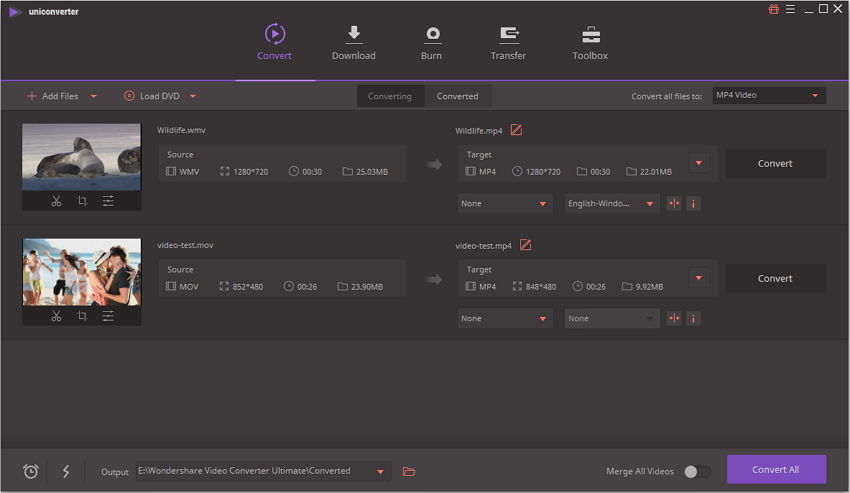
Overall, software testing tools can assist you in improving application security. Integration with third-party apps and tools must be functional and error-free to produce accurate results. Using software testing tools, you can verify and validate each software integration before releasing the update to the public. This will protect you from any security breach or damage. The fourth advantage of using a software testing tool is that it aids in data accuracy. Through the testing process, you can determine whether the application is generating accurate results or whether the formula and logic used are correct. This is how software testing tools help with data accuracy. When there are no bugs in the application, the code is appropriately written, all integrations work correctly, and data is well protected, the application's performance will be optimal.

What are the Key Features of a Software Testing System? In a nutshell, you must test the application using software testing tools to ensure that it performs precisely as intended. Understandably, each software testing tool has its own set of features. The following are the ten most important factors to consider when choosing a software testing tool: What Factors Should You Consider When Choosing a Software Testing Tool? However, the following are some of the most common testing system features: The number and type of elements also depend on the industry for which the software is designed. These are the 10 most important factors when selecting a software testing tool. However, you should also consider other factors based on your specific requirement. The following are the top 10 software testing trends to watch for in 2022: What are the Latest Market Trends In Software Testing Tools? Above all, choose software that can meet all of your testing needs. Without a doubt, all of these emerging software testing trends will have a positive impact on the software testing industry.


 0 kommentar(er)
0 kommentar(er)
